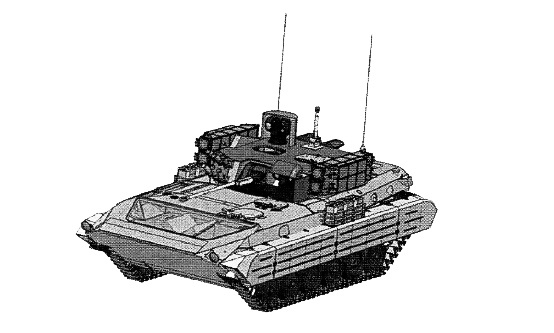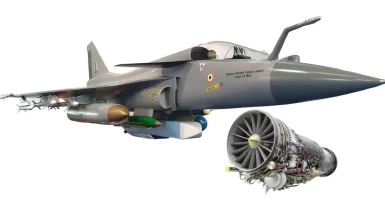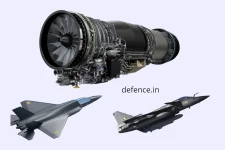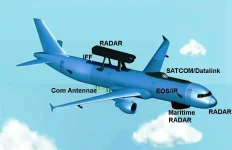- Views: 1K
- Replies: 14

Initial images of India's next-generation anti-tank missile platform, the NAMICA MK2, reveal a shift in emphasis. While the revised design retains the core anti-tank role of its predecessor, the MK2 appears geared towards expanded battlefield versatility.
Armament Trade-offs
The most striking change is in the vehicle's primary armament. The six-launcher configuration of the NAMICA MK1, armed with NAG (Fire and Forget) anti-tank guided missiles (ATGMs), has been reduced to four.This reduction, however, is counterbalanced by the addition of a 30mm cannon. This inclusion significantly broadens the platform's potential targets with greater effectiveness against light armored vehicles, infantry, and field fortifications.
Role Evolution
The shift in armament suggests a potential evolution in the NAMICA's battlefield role. While the MK2 remains a dedicated anti-tank platform, the 30mm cannon indicates adaptability beyond this primary task.This increased flexibility allows the NAMICA MK2 to contribute more actively to combined arms operations where the ability to engage a variety of threats is crucial.
Proven Foundations and Modifications
The NAMICA MK2 continues to utilize the reliable BMP-2 chassis, renowned for its mobility in diverse terrain.As with the MK1, designers have foregone the BMP-2's passenger compartment, likely to accommodate additional missile reloads, ensuring the MK2 maintains a substantial anti-tank capacity.
Implications and Outlook
These initial design sketches indicate that the NAMICA MK2 is moving steadily along its development path.The emphasis on adaptability, while maintaining a powerful anti-tank capability, positions the NAMICA MK2 as a potentially valuable asset in future armored conflicts.
The platform's continuing evolution is likely to be closely observed by military analysts as it prepares for broader service with the Indian armed forces.



